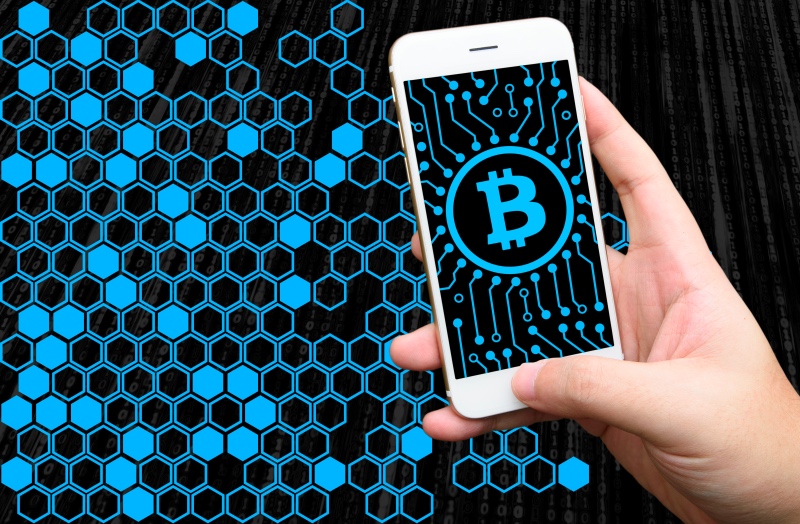Blockchain and eSports
Darren Heitner of Forbes reports that Eloplay – which helps players organize and participate in eSports tournaments – is piloting a new form of currency for its users. As Heitner notes, Eloplay’s new currency is a prime example of an eSports-related entity involving itself in blockchain.
“[Eloplay is] leveraging smart contracts technology to allow players and brands to organize eSports tournaments of any scale, using Eloplay Tokens as the prize pool,” he explains. “And much like other companies testing the blockchain waters, Eloplay is involving itself in what is called an Initial Coin Offering (ICO), allowing users to buy-in so that they can use the coins to organize tournaments, place advertisements or even sell tokens through its exchange.”
According to Heitner, approximately 90,000 individuals have registered thus far to participate on the Eloplay eSports platform, completing a total of roughly 3,500 tournaments.
“Eloplay’s desire is to convert existing participants into Eloplay Token purchasers through the ICO and to use that to generate further interest in using the platform,” he adds.
CDC wants blockchain for crisis response
In other blockchain news, Mike Orcutt of MIT Tech Review says the U.S. Center for Disease Control (CDC) is working on several proofs of concept based on blockchain technology, with an eye toward building real applications next year (2018). Most are targeted at improving public health surveillance, Orcutt elaborates, which could include using a blockchain model to more efficiently manage data during a crisis or more effectively track opioid abuse.

“Public health and blockchain really do belong together,” Jim Nasr, chief software architect at the CDC’s Center for Surveillance, Epidemiology, and Laboratory Services, tells MIT Tech Review. “Moving data from one peer to another in a secure manner, in a compliant manner, and in a transparent manner – as quickly as possible – is a key part of the business model.”
Indeed, personally identifiable information can’t be stored in the cloud, although blockchain could offer the CDC a secure method of rapidly storing and sharing data while complying with security and privacy laws. Successful implementation, says Nasr, is ultimately contingent upon the ability of peer organizations – such as the CDC, state and local health agencies, hospitals and clinics – to collaborate both effectively and efficiently.
SSNs + blockchain =?
Meanwhile, Bloomberg’s Suzanne Woolley confirms the giant Equifax data breach has prompted the Trump administration to ask federal departments and agencies to “come up with a new identity system that does not rely on overexposed and octogenarian Social Security numbers.”

However, Daniel Castro, director of the Center for Data Innovation, says the U.S. does not need to “totally reinvent” the wheel, while Rob Joyce, a special assistant to the president and White House cybersecurity coordinator, suggests an updated system could potentially involve a “modern cryptographic identifier.”
“In fact, other countries already embrace blockchain and biometrics as backbones for government and private-sector systems,” Wooley explains. “Often these tools are used in tandem with other authentication techniques to verify a citizen’s identity, provide easy access to services and keep a permanent record of interactions.”
Gartner and blockchain
Despite its growing popularity, Gartner analysts emphasize that blockchain technology is currently evolving from a digital currency infrastructure into a platform for digital transformation.
“Blockchain technologies offer a radical departure from the current centralized transaction and record-keeping mechanisms and can serve as a foundation of disruptive digital business for both established enterprises and startups,” the analysts elaborate.

“Although the hype surrounding blockchains originally focused on the financial services industry, blockchains have many potential applications, including government, healthcare, manufacturing, media distribution, identity verification, title registry and supply chain.”
While blockchain offers long-term potential that will undoubtedly create disruption, Gartner analysts conclude that blockchain promise outstrips current blockchain reality, with many of the associated technologies expected to remain “immature” for the next two to three years.
Understanding blockchain
As we’ve previously discussed on Rambus Press, blockchain is a shared digital ledger collectively updated and maintained by its enrolled users, which enables parties to transact with each other in a completely transparent manner. Each transaction is public and its details, together with the time and date, are unanimously verified by the other users on the network. Since there is no mediator between parties, completing a transaction becomes cheaper and simpler to achieve.

Security is ensured due to complex cryptographic rules that prevent any single participant from updating the system without seeking validation from the network. This makes the system immune to manipulation as inconsistencies are automatically identified and rejected. Since no single participant holds a master copy of the ledger (multiple copies are simultaneously updated by different participants), no single party can take full operating control. These factors ensure that the system maintains its integrity without the oversight of a centralized authority.
Interested in learning more about blockchain? You can check out our article archive on the subject here.
